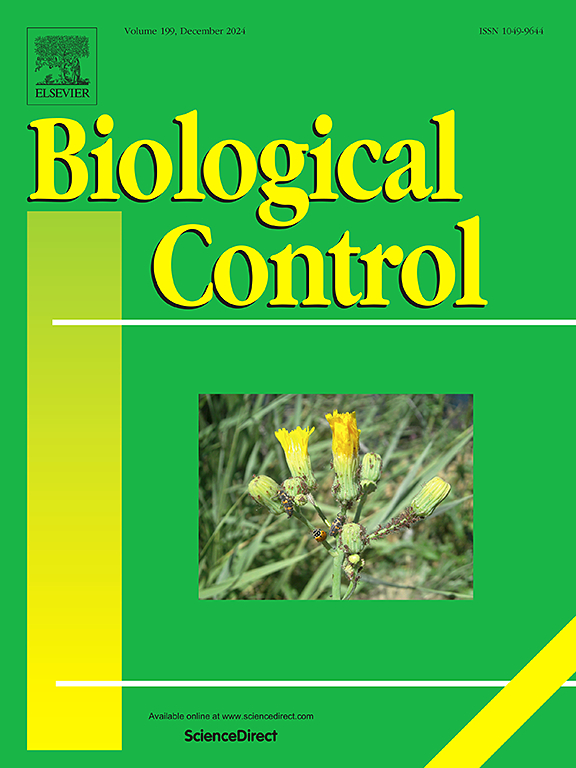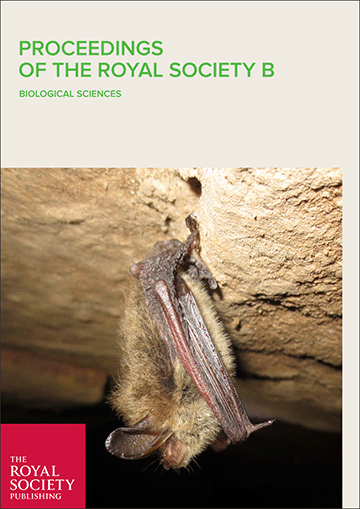Iterative domestication processes by humans such as selection, translocation and cultivation are known to affect the morphological and genetic diversity of tree species. Since many of these species occur also in human-created homegardens (HG) this type of agroecosystem therefore represents an ideal setting to study such domestication processes. The threatened indigenous fruit tree Ziziphus spina-christi occurs in HGs and forests of the Nuba Mountains, Sudan, and was therefore selected as a model species. Five locations were sampled and the geographical position of 250 trees determined. Each location was subdivided into HG and forest sites. The diversities of morphological traits and amplified fragment length polymorphisms were assessed to study variation within and among locations and sites. Diversity of dendrometric parameters and fruit morphometries was high and differed significantly among locations. Environmental parameters affected dendrometry and fruit size, but applied regression models were of low explanatory power. Although statistically not significant, mean fruit measures were continuously larger in HGs than in forests. Higher genetic diversity was observed in HG samples. Larger dendrometric and fruit morphometric traits are likely to result from better growing conditions in HGs and/or human selection of germplasm. This is in line with the higher genetic diversity in HGs which may be a consequence of the admixture of germplasm from different origins planted in HGs. Z. spina-christi underwent incipient steps of domestication. High genetic diversity in HGs suggests those as valuable spots of improved germplasm and for on-farm conservation purposes.
DOI:
https://doi.org/10.1007/s10722-014-0124-3
Altmetric score:
Dimensions Citation Count:
























